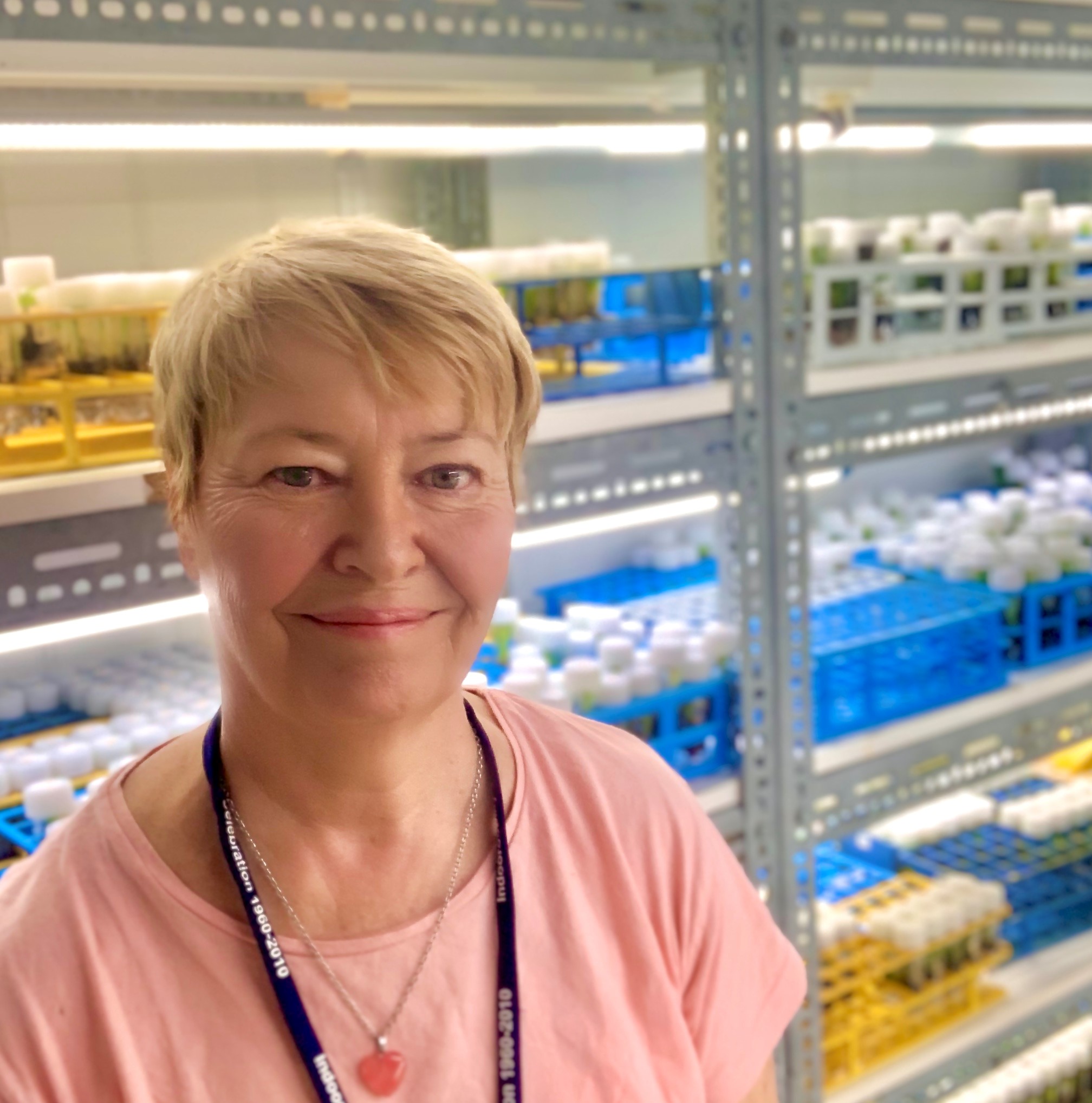Early in Australian ginger production history a soil born fungus that attacks and kills the ginger plant was unknowingly introduced in an infected rhizome Because growers use and share their own rhizome to replant as well as sell to market, this disease is now widespread across the industry. If unmanaged, it can cause significant ongoing losses for growers and the industry more broadly.
Funded by AgriFutures Ginger Program Sharon Hamill, a Senior Principal Scientist from the Department of Agriculture and Fisheries, based in Nambour, QLD has developed a new commercial clean planting material method using tissue culture. For the first time, Australian growers now have access to affordable and commercial volumes of pest and disease free ginger planting material. The new method provides growers with a way to establish disease free farms to improve yield, product quality and improved biosecurity practices.
Why is this research project important?
Fusarium wilt (Fusarium oxysporum f.sp. zingiberi) that specifically attacks ginger is a devastating and persistent soil fungal pathogen. This pathogen is a major constraint to ginger production and once in the soil will remain for decades. At present, there are no resistant cultivars and even though growers fallow and rotate blocks to reduce the level of inoculum, they suffer substantial losses due to disease in soil and from infected rhizome. Accessing clean ginger planting material has been sought by growers for a long time. This material can be used to establish pathogen free mother blocks as a source of clean rhizome and to establish clean farms that had not previously grown ginger. Fusarium wilt is one of the biggest obstacles to ginger production, affecting both yield and quality.
Why did you get involved in the project?
I have been supporting the ginger industry for decades to improve cultivars, in disease management and researching ginger tissue culture and have recognised expertise for improvement of subtropical and tropical horticultural crops. While conventional ginger tissue culture production produces disease free plants the method was too slow and too costly for commercialisation. I developed a new concept that has dramatically improved production of clean planting material and is commercially viable. This research allowed the concept to develop to commercial production.









